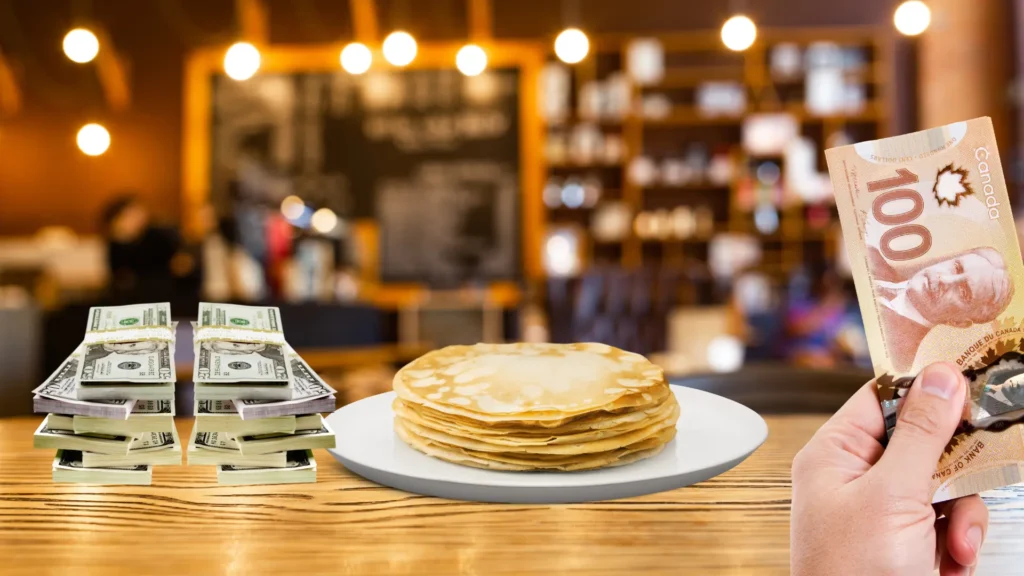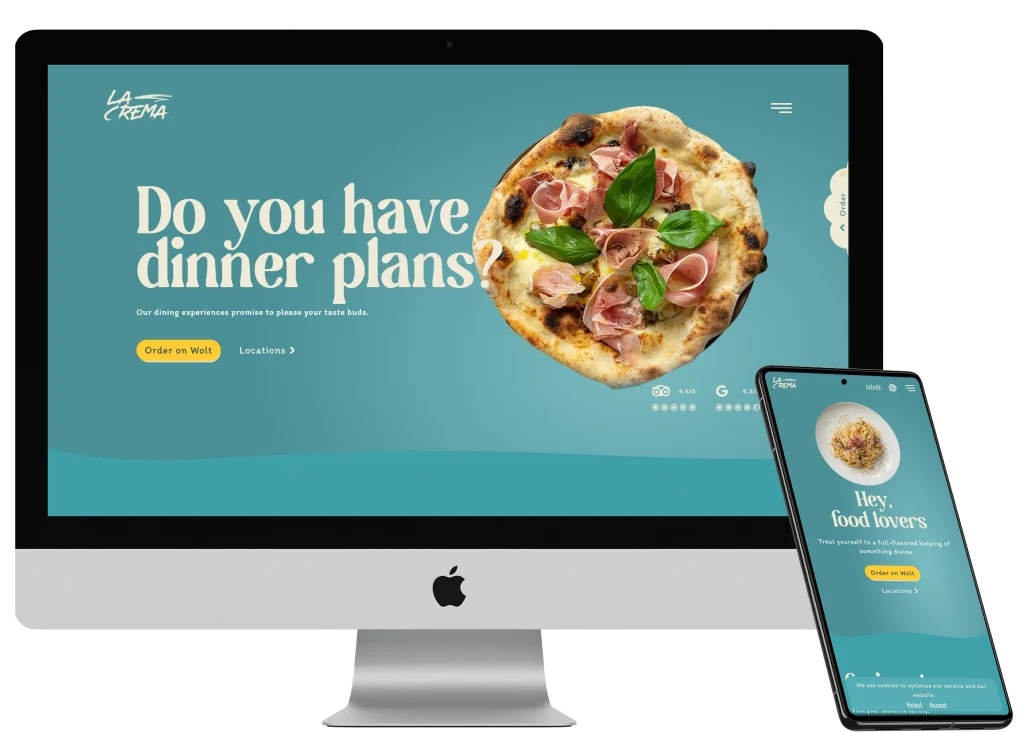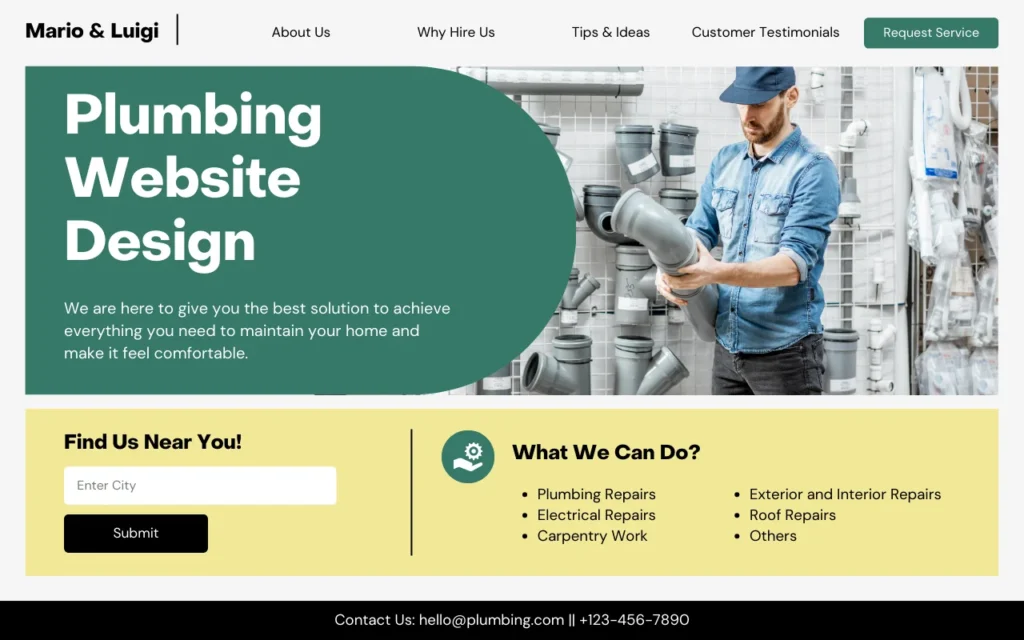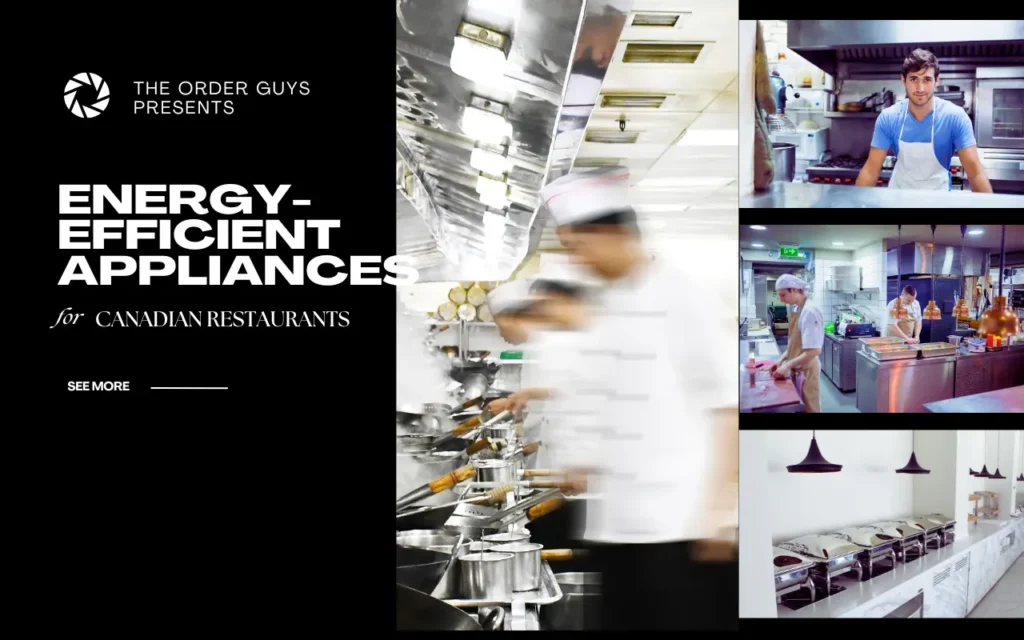As a restaurant owner, you know that every penny counts. In an industry where margins can be as thin as a crepe, finding ways to save money without compromising on quality is the secret sauce to long-term success. This comprehensive guide will show you how restaurants can save money effectively. Buckle up, because we’re about to embark on a mouth-watering journey through 100 money-saving tips that will help your restaurant not just survive, but thrive!
Appetizers: The First 25 Ways to Save Money For Your Restaurant

- Embrace the power of portion control: Use standardized recipes and portioning tools to reduce food waste and ensure consistency.
- Negotiate with suppliers: Don’t be shy – ask for bulk discounts or loyalty rewards from your regular suppliers.
- Implement an inventory management system: Keep track of what you have and what you need to avoid overordering and reduce spoilage.
- Cross-train your staff: A jack-of-all-trades team can help reduce labor costs during slower periods.
- Optimize your menu: Analyze which dishes are most profitable and popular, then streamline your offerings accordingly.
- Go digital with your menu: Use QR codes or tablets to reduce printing costs and easily update prices or offerings.
- Invest in energy-efficient appliances: They may cost more upfront, but they’ll save you money in the long run.
- Switch to LED lighting: Another energy-saving move that can significantly reduce your electricity bill.
- Implement a preventive maintenance schedule: Regular check-ups on your equipment can prevent costly breakdowns.
- Use social media for marketing: It’s free (or low-cost) and can be incredibly effective in reaching your target audience.
- Start composting: Turn food scraps into nutrient-rich soil for an on-site herb garden.
- Offer a loyalty program: Encourage repeat customers with rewards, which is often cheaper than acquiring new ones.
- Partner with local businesses: Cross-promote to share marketing costs and attract new customers.
- Reduce water usage: Install low-flow faucets and train staff on water conservation techniques.
- Optimize your hours of operation: Analyze your busiest times and adjust your schedule to maximize efficiency.
- Buy seasonal produce: It’s often cheaper and can inspire creative, limited-time menu items.
- Implement an online ordering system: This can reduce order errors and labor costs associated with taking phone orders.
- Offer order-ahead options: Encourage customers to place orders in advance, allowing for better inventory management and staffing.
- Use data analytics from your online ordering system: Understand peak times, popular items, and customer behavior to make informed decisions.
- Expand into catering with existing resources: Utilize your kitchen and staff during off-peak hours to offer catering services, increasing revenue without significantly raising costs.
- Encourage pickup over delivery: Offer incentives for customers to pick up their online orders to save on delivery costs.
- Optimize your takeout packaging: Choose cost-effective, eco-friendly options that maintain food quality.
- Create a dynamic pricing model: Use your online platform to offer discounts during slow periods to drive more orders.
- Implement a customer feedback system: Use online reviews and surveys to continuously improve and address issues before they become costly problems.
- Train staff on upselling techniques: Teach your team how to suggest add-ons or upgrades, both in-person and through your online ordering system.
Main Course: 50 More Strategies on How Restaurants Can Save

- Implement a just-in-time inventory system: Reduce storage costs and minimize waste by ordering only what you need, when you need it.
- Use a smart thermostat: Program your HVAC system to optimize energy usage during operating hours.
- Offer a prix fixe menu: This can help with inventory control and increase perceived value for customers.
- Repurpose ingredients: Find creative ways to use leftover ingredients in daily specials or staff meals.
- Invest in quality equipment: While it might cost more initially, durable equipment lasts longer and requires fewer repairs.
- Optimize your floor plan: Maximize seating capacity without compromising comfort to increase revenue potential.
- Use a scheduling software: Ensure you’re not overstaffing during slow periods.
- Implement a waste tracking system: Identify areas where food is being wasted and take corrective action.
- Offer smaller portion sizes at lower prices: This can attract budget-conscious customers and reduce food costs.
- Negotiate better credit card processing rates: Shop around for the best rates to reduce transaction fees.
- Use energy-efficient cooking techniques: Train your kitchen staff on methods that use less energy, like using lids on pots.
- Implement a strict first-in, first-out (FIFO) inventory system: This ensures older stock is used before it spoils.
- Create a signature house wine: Partner with a local winery to create a custom blend that’s unique to your restaurant.
- Use digital receipts: Save on paper costs and gather customer email addresses for marketing purposes.
- Offer catering services: Utilize your existing resources to tap into a new revenue stream.
- Implement a robust employee training program: Well-trained staff make fewer mistakes, leading to less waste and higher customer satisfaction.
- Use local, in-season flowers for decor: They’re often cheaper and support local businesses.
- Optimize your website for search engines: Improve your online visibility without paying for ads.
- Partner with food delivery apps strategically: Negotiate better rates and use them to reach new customers.
- Implement an employee referral program: It’s often cheaper to hire through referrals than traditional recruiting methods.
- Use a smart POS system: Track sales trends, manage inventory, and streamline operations all in one place.
- Offer a discount for cash payments: This can help you save on credit card processing fees.
- Implement a pre-shift meeting routine: Use this time to discuss daily specials and any overstocked items that need to be pushed.
- Use motion sensor lights: Reduce electricity waste in low-traffic areas like storage rooms and bathrooms.
- Partner with local farmers: Cut out the middleman and get fresher produce at better prices.
- Implement a stringent cash handling policy: Reduce the risk of theft and errors in cash transactions.
- Use dual-purpose equipment: Look for kitchen tools that can perform multiple functions to save on equipment costs.
- Offer a small discount for early-bird diners: This can help fill tables during typically slow hours.
- Implement a robust online reservation system: Reduce no-shows and better manage your staffing needs.
- Use rechargeable batteries: For items like remote controls and wireless credit card machines.
- Optimize your restaurant’s layout: Ensure efficient movement of staff to increase productivity.
- Use eco-friendly cleaning products: They’re often cheaper in bulk and better for the environment.
- Implement a tip pooling system: This can lead to better teamwork and potentially reduce overall labor costs.
- Use a digital inventory system: Real-time tracking can prevent overordering and reduce waste.
- Offer a discount for customers who bring their own takeout containers: This reduces your packaging costs and appeals to eco-conscious diners.
- Implement a strict portion control system: Use measuring tools and train staff to ensure consistency and reduce waste.
- Use a smart irrigation system: If you have outdoor plants or an herb garden, this can significantly reduce water waste.
- Partner with local breweries: Offer unique, local beers that can’t be found elsewhere to attract customers.
- Implement a preventive pest control program: Regular treatments can prevent costly infestations.
- Use digital signage: Easily update specials and promotions without printing costs.
- Offer meal kits: Package ingredients for popular dishes for customers to cook at home, utilizing your existing inventory.
- Implement an employee meal program: Reduce food waste by using near-expiry ingredients for staff meals.
- Use energy-efficient hand dryers: Cut down on paper towel costs in restrooms.
- Avoid eye-watering agency fees for your website: Big agencies often charge thousands for websites. Save money by hiring local talent or get your custom restaurant website design built at a fraction of the cost with a marketing and SEO plan.
- Implement a robust food safety program: Prevent costly health violations and potential shutdowns.
- Use social media influencers: Partner with local foodies for cost-effective marketing.
- Implement a customer relationship management (CRM) system: Better understand and cater to your customers’ preferences.
- Use uniform templates for marketing materials: Save on design costs for menus, flyers, and social media posts.
- Implement a system for tracking and reducing utility usage: Small changes can lead to significant savings over time.
- Offer cooking classes: Utilize your space and staff during off-hours for an additional revenue stream.
Dessert: The Final 25 Money-Saving Tips For Your Restaurant

- Implement a robust online gift card program: It’s prepaid revenue that can help with cash flow.
- Use a smart inventory system that integrates with your POS: This can help predict inventory needs and reduce overordering.
- Offer family-style meals for takeout: This can be more cost-effective than individual meals and appeal to families.
- Implement a system for tracking and reducing food waste: Use software to monitor what’s being thrown away and adjust purchasing accordingly.
- Use a smart employee scheduling system: This can help optimize labor costs based on predicted busy times.
- Partner with local hotels: Offer a discount to hotel guests to increase foot traffic.
- Implement a robust online review management system: Quickly address negative reviews to maintain your reputation and attract customers.
- Use a digital recipe management system: Ensure consistency across shifts and easily calculate food costs.
- Offer a subscription meal service: Guaranteed regular income can help with cash flow and inventory management.
- Implement a system for tracking and optimizing table turn times: Faster turns can mean more revenue without increasing costs.
- Use a smart food safety monitoring system: Prevent costly food spoilage with automated temperature checks.
- Offer customizable meals: Allow customers to build their own dishes, which can help with inventory management.
- Implement a system for tracking and reducing packaging waste: This can lower costs and appeal to eco-conscious customers.
- Use a smart marketing automation system: Save time and money by automating email campaigns and social media posts.
- Offer a discount for customers who order online directly through your website: This can save on third-party delivery app fees.
- Implement a system for tracking and optimizing prep times: This can help reduce labor costs and improve customer satisfaction.
- Use a smart customer feedback system: Quickly identify and address issues before they lead to lost customers.
- Offer meal planning services: Utilize your chef’s expertise for an additional revenue stream.
- Implement a system for tracking and optimizing equipment usage: This can help predict maintenance needs and prevent costly breakdowns.
- Use a low-cost smart loyalty program: This can help increase repeat business and provide valuable customer data. For example via the use of physical stamp cards where the 10th item is free.
- Offer cooking kits for popular dishes: This can be a new revenue stream that utilizes existing inventory.
- Implement a system for tracking and optimizing bar inventory: Reduce over-pouring and waste in your bar operations.
- Use a smart waitlist management system: This can help optimize seating and reduce lost sales from long wait times.
- Offer virtual cooking classes: Utilize your staff’s expertise for an additional revenue stream with minimal overhead.
- Implement a comprehensive data analytics system: Use all the data from your various systems to make informed, cost-saving decisions across your entire operation. Leverage this data to create loyal customers with targeting marketing efforts.
100 Ways to Save Money For Your Restaurant Conclusion
Remember, the key to successfully implementing these money-saving strategies is to start small and gradually incorporate more over time. Not every tip will work for every restaurant, so it’s important to analyze which strategies align best with your business model and customer base.
By thoughtfully implementing a combination of these 100 tips, you can significantly reduce costs without sacrificing the quality of your food or service. In fact, many of these strategies can even enhance your customers’ dining experience while boosting your bottom line.
Now that you’ve learned how restaurants can save money effectively, it’s time to put these ideas into action. Start with a few that resonate most with your business, and gradually expand your money-saving initiatives. Your restaurant’s financial health and continued success depend on your ability to manage costs wisely. Here’s to your restaurant’s prosperous future!












